Sql First Day Of The Month
1. Overview of SQL and Common Query Language Features
SQL (Structured Query Language) is a programming language that is primarily used for managing and manipulating data in relational database systems. With SQL, you can perform various operations such as retrieving, inserting, updating, and deleting data in a database. It is a declarative language, meaning you specify what you want to do rather than how to do it. SQL is widely used by developers, data analysts, and database administrators to work with data.
2. Introduction to Date and Time Functions in SQL
In SQL, there are several built-in functions for handling date and time values. These functions allow you to perform calculations, comparisons, and formatting on dates and times. Some of the commonly used date and time functions in SQL include GETDATE(), DATEADD(), DATEDIFF(), DATEPART(), and CONVERT(). These functions help you manipulate and work with date and time data efficiently.
3. Understanding the First Day of the Month
The first day of the month is the initial day of a given month. It is often required when performing data analysis, generating reports, or filtering data based on monthly intervals. Getting the first day of the month is essential for various business scenarios, such as aggregating monthly sales, calculating monthly expenses, or evaluating trends over time.
4. Extracting the First Day of the Month using SQL Functions
To extract the first day of the month from a given date, you can use specific SQL functions, depending on the database system you are using. Here are some examples of how to get the first day of the month in different databases:
– MySQL: To get the first day of the month in MySQL, you can use the DATE_FORMAT() and DATE_SUB() functions. The following query retrieves the first day of the month for the current date:
“`
SELECT DATE_FORMAT(DATE_SUB(CURDATE(), INTERVAL DAYOFMONTH(CURDATE())-1 DAY), ‘%Y-%m-%d’) AS first_day;
“`
– Oracle: In Oracle, you can use the TRUNC() function with the ‘MM’ format to get the first day of the month. The following query retrieves the first day of the month for the current date:
“`
SELECT TRUNC(SYSDATE, ‘MM’) AS first_day FROM dual;
“`
– SQL Server: In SQL Server, you can use the DATEADD() and DAY() functions to get the first day of the month. The following query retrieves the first day of the month for the current date:
“`
SELECT DATEADD(MONTH, DATEDIFF(MONTH, 0, GETDATE()), 0) AS first_day;
“`
5. Handling Different Date Formats and Databases in SQL
Date formats and functions may vary between different database systems. It’s essential to understand the specific functions and syntax supported by your database of choice. Ensure that you consult the official documentation for your database to find the appropriate way to extract the first day of the month.
6. Formatting the First Day of the Month Output
When retrieving the first day of the month using SQL functions, you can format the output according to your preferences. The formatting options may vary depending on the database system. You can use functions like DATE_FORMAT() in MySQL or TO_CHAR() in Oracle to achieve the desired output format.
For example, in MySQL, you can modify the previous query to return the first day of the month in the ‘YYYY-MM-DD’ format:
“`
SELECT DATE_FORMAT(DATE_SUB(CURDATE(), INTERVAL DAYOFMONTH(CURDATE())-1 DAY), ‘%Y-%m-%d’) AS first_day;
“`
7. Examples and Use Cases of SQL Queries for the First Day of the Month
SQL queries for obtaining the first day of the month are valuable in a wide range of scenarios. Here are a few examples and use cases:
– Generating monthly reports: By retrieving the first day of the month, you can aggregate and summarize data for monthly reports, such as sales figures, website traffic, or customer sign-ups.
– Analyzing monthly trends: Getting the first day of the month allows you to compare and analyze data on a monthly basis, enabling you to identify patterns, trends, or seasonality.
– Filtering data by month: With the first day of the month, you can filter a dataset based on a specific month, enabling you to focus on specific time periods or analyze data within a given timeframe.
8. Tips and Best Practices for Working with the First Day of the Month in SQL
When working with the first day of the month in SQL, consider the following tips and best practices:
– Be aware of timezone differences: Ensure that your date and time calculations align with the timezone settings of your database system.
– Maintain consistency in date formats: If you are storing and manipulating dates within your database, it’s essential to keep a consistent format to avoid confusion or errors.
– Use proper indexes: If you frequently query data using the first day of the month, consider creating appropriate indexes on the relevant date columns to improve query performance.
9. FAQs
Q: How do I get the first day and last day of the month in SQL?
A: To get the last day of the month, you can subtract one day from the first day of the next month. For example, in MySQL, you can use the following query to retrieve both the first and last day of the current month:
“`
SELECT DATE_FORMAT(DATE_SUB(CURDATE(), INTERVAL DAYOFMONTH(CURDATE())-1 DAY), ‘%Y-%m-%d’) AS first_day,
DATE_FORMAT(DATE_SUB(DATE_ADD(CURDATE(), INTERVAL 1 MONTH), INTERVAL DAYOFMONTH(CURDATE()) DAY), ‘%Y-%m-%d’) AS last_day;
“`
Q: How do I get the first day of the year in SQL?
A: The method for retrieving the first day of the year may vary depending on the database system. In MySQL, you can use the following query to get the first day of the year for the current date:
“`
SELECT DATE_FORMAT(DATE_SUB(CURDATE(), INTERVAL DAYOFYEAR(CURDATE())-1 DAY), ‘%Y-%m-%d’) AS first_day;
“`
Q: How do I convert a date to the first day of the month in SQL?
A: The process of converting a date to the first day of the month involves extracting the month and year components from the given date and concatenating them with ’01’. The exact syntax may vary depending on the database system you are using.
Q: How do I select the first day of the month in MySQL?
A: To select only records that fall on the first day of the month in MySQL, you can use the DATE_FORMAT() function. For example, the following query retrieves all records where the ‘date_column’ is the first day of the month:
“`
SELECT * FROM table_name WHERE DATE_FORMAT(date_column, ‘%d’) = ’01’;
“`
Q: How do I get the first day of the month in Databricks SQL?
A: In Databricks SQL, you can use the DATE_TRUNC() function to get the first day of the month. For example, the following query retrieves the first day of the month for the current date:
“`
SELECT DATE_TRUNC(‘MM’, CURRENT_DATE()) AS first_day;
“`
Q: How do I get the first day of the month in Oracle SQL?
A: In Oracle SQL, you can use the TRUNC() function with the ‘MM’ format to get the first day of the month. For example, the following query retrieves the first day of the month for the current date:
“`
SELECT TRUNC(SYSDATE, ‘MM’) AS first_day FROM dual;
“`
In conclusion, SQL provides various functions and techniques for obtaining the first day of the month. Understanding these functions and their usage in different databases is crucial for proper data management and analysis. By using the appropriate SQL functions and considering best practices, you can effortlessly handle date-related operations and leverage the first day of the month for various data analysis tasks.
Getting The First Day And Last Day Of A Month In Sql Server
How To Get 1St Day Of Month In Sql?
SQL (Structured Query Language) is a standard programming language used to manage relational databases. It provides various functions and operators to manipulate and retrieve data from databases. One common task in SQL is to retrieve the first day of a month for a given date. In this article, we will explore different SQL techniques to achieve this task.
I. Using the DATEADD and DATEDIFF functions:
The DATEADD function allows us to add or subtract a specified date or time interval to a given date. On the other hand, the DATEDIFF function calculates the difference between two specified dates. By combining these functions, we can obtain the first day of a month as follows:
“`sql
SELECT DATEADD(MONTH, DATEDIFF(MONTH, 0, GETDATE()), 0) AS FirstDayOfMonth;
“`
In this query, the DATEDIFF function calculates the number of months between the base date (‘1900-01-01’) and the current date (GETDATE()). The DATEADD function then adds this number of months to the base date to give us the first day of the current month.
II. Using the EOMONTH and DATEADD functions:
The EOMONTH function returns the last day of the month for a given date. By subtracting the number of days in a month from the last day, we can obtain the first day of the month. Here’s an example:
“`sql
SELECT DATEADD(DAY, 1, EOMONTH(GETDATE(), -1)) AS FirstDayOfMonth;
“`
In this query, the EOMONTH function returns the last day of the previous month (-1 as the second argument). The DATEADD function then adds one day to this result, giving us the first day of the current month.
III. Using the DAY function:
The DAY function extracts the day of the month from a given date. By subtracting this day from the original date, we can obtain the first day of the same month. Here’s how to do it:
“`sql
SELECT DATEADD(DAY, 1 – DAY(GETDATE()), GETDATE()) AS FirstDayOfMonth;
“`
In this query, the DAY function extracts the day of the current date. We then subtract this value from the current date using the DATEADD function, which gives us the first day of the month.
Frequently Asked Questions:
Q1. Can I use a column name instead of GETDATE() to retrieve the first day of the month?
A1. Yes, you can replace GETDATE() with the desired column name or any other valid date expression to retrieve the first day of the month for that specific date.
Q2. Is there any difference in performance between the different techniques?
A2. The performance difference is typically negligible for most SQL implementations. However, you may benchmark the performance in your specific database system if you have a large number of records or unique requirements.
Q3. Can I modify the output format of the first day of the month?
A3. The output format depends on the database system and its default settings. However, you can use various date formatting functions or built-in functions to customize the output format according to your specific requirements.
Q4. Can I retrieve the first day of a specific month and year?
A4. Yes, you can modify the input date used in the above examples to retrieve the first day of a specific month and year. Simply replace GETDATE() with the desired date in the appropriate format.
Q5. Are there any alternative methods to retrieve the first day of the month in SQL?
A5. Yes, there are several other ways to achieve this task, such as using the DATEPART and DATEFROMPARTS functions, or even using string manipulation functions to modify the date expression.
In conclusion, retrieving the first day of the month in SQL is a common requirement, and there are multiple methods to accomplish this task. You can choose the technique that suits your needs, considering factors like ease of use or performance. Whether you prefer using functions like DATEADD and DATEDIFF, EOMONTH and DATEADD, or the DAY function, understanding these options will help you effectively manipulate dates in SQL.
How To Get 1St Day And Last Day Of The Month In Sql?
When working with dates in SQL, it is often necessary to retrieve the first day and last day of the month. This can be particularly useful for various data analysis and reporting tasks. In this article, we will explore different techniques to extract the first day and last day of the month using SQL queries. We will cover different SQL platforms and provide step-by-step instructions for each.
Before diving into the specific methods, let’s first understand the importance and potential use cases of retrieving the first and last day of the month. By obtaining these values, we can easily filter data for specific month periods, calculate monthly aggregates, or generate monthly reports. This knowledge will enable us to gain insights from data in a more focused and organized manner.
So, without further ado, let’s explore the various methods for extracting the first and last day of the month in SQL.
1. Using the EXTRACT and DATE functions:
This method works for most SQL platforms, including MySQL, PostgreSQL, and Oracle.
“`sql
— First day of the month
SELECT DATE_TRUNC(‘month’, CURRENT_DATE) AS first_day_of_month;
— Last day of the month
SELECT DATE_TRUNC(‘month’, CURRENT_DATE) + INTERVAL ‘1 month – 1 day’ AS last_day_of_month;
“`
In the above SQL queries, DATE_TRUNC(‘month’, CURRENT_DATE) extracts the first day of the current month by truncating the date to the beginning of the month. The second query adds an interval of 1 month and then subtracts 1 day to obtain the last day of the current month.
2. Using the EOMONTH function:
This method is exclusive to SQL Server and Azure SQL Database. It provides a more concise solution for retrieving the first and last day of the month.
“`sql
— First day of the month
SELECT EOMONTH(GETDATE(), -1) + 1 AS first_day_of_month;
— Last day of the month
SELECT EOMONTH(GETDATE()) AS last_day_of_month;
“`
Here, GETDATE() retrieves the current date, EOMONTH(GETDATE(), -1) subtracts one month from the current date and returns the last day of the previous month. Adding 1 to this value gives us the first day of the current month. EOMONTH(GETDATE()) provides the last day of the current month directly.
3. Using the LAST_DAY function:
This method is specific to Oracle SQL.
“`sql
— First day of the month
SELECT TRUNC(SYSDATE, ‘MONTH’) AS first_day_of_month;
— Last day of the month
SELECT LAST_DAY(SYSDATE) AS last_day_of_month;
“`
In the above queries, TRUNC(SYSDATE, ‘MONTH’) extracts the first day of the current month by truncating the date to the beginning of the month. LAST_DAY(SYSDATE) returns the last day of the current month.
FAQs:
Q: Can I retrieve the first and last day of a specific month, rather than the current month?
A: Yes, you can replace the functions like CURRENT_DATE, GETDATE(), or SYSDATE with a specific date value. For example, you can replace GETDATE() with ‘2022-01-01’ to obtain the first and last day of January 2022.
Q: How can I extract the day, month, and year from the first day or last day of the month?
A: You can employ various SQL functions, such as DAY(), MONTH(), and YEAR(), on the results obtained from the queries mentioned above. For example, for the first day of the month:
“`sql
SELECT DAY(DATE_TRUNC(‘month’, CURRENT_DATE)) AS first_day;
SELECT MONTH(DATE_TRUNC(‘month’, CURRENT_DATE)) AS month;
SELECT YEAR(DATE_TRUNC(‘month’, CURRENT_DATE)) AS year;
“`
Q: What if I want to retrieve the first and last day of multiple months?
A: You can utilize the SQL date and time functions within a loop or a series of queries. By modifying the date value subjected to the date functions, you can get the first and last day of different months.
Q: Are there alternative methods for obtaining the first and last day of the month?
A: Yes, there may be platform-specific functions or custom approaches for extracting these values. It is recommended to consult the documentation of your specific SQL platform for additional methods.
In conclusion, extracting the first and last day of the month in SQL can be achieved using different techniques, depending on the SQL platform being used. Whether you are working with MySQL, PostgreSQL, Oracle, SQL Server, or Azure SQL Database, the provided methods should assist you in obtaining these critical date values for your data analysis and reporting needs.
Keywords searched by users: sql first day of the month Get first day of month SQL, Get first day and last day of month SQL, Get First day of year sql, Convert date to first day of month sql, Select first day of month MySQL, Databricks SQL first day of month, Get first day of month MySQL, Get first day of month – Oracle
Categories: Top 60 Sql First Day Of The Month
See more here: nhanvietluanvan.com
Get First Day Of Month Sql
Introduction:
SQL (Structured Query Language) is a widely used programming language for managing and manipulating relational databases. When working with dates in SQL, one common task is to retrieve the first day of the month from a given date. In this article, we will explore various SQL techniques to obtain the first day of a month, covering different database systems. We will also address some FAQs related to this topic.
Methods to Retrieve the First Day of the Month in SQL:
There are several ways to extract the first day of the month using SQL, depending on the database system you’re using. Let’s discuss some of the common methods:
1. Using DATE_TRUNC():
In PostgreSQL, we can use the DATE_TRUNC() function to truncate a given date to the specified precision. To get the first day of the month, we can truncate the date to the ‘month’ precision. Here’s an example:
“`
SELECT DATE_TRUNC(‘month’, current_date) AS first_day_of_month;
“`
This query will return the first day of the current month.
2. Using EXTRACT():
The EXTRACT() function allows us to extract specific parts of a date, such as year, month, or day. By extracting the month and year from a given date, we can concatenate them with ’01’ to obtain the first day of the month. Here’s an example using MySQL:
“`
SELECT CONCAT(EXTRACT(YEAR FROM current_date), ‘-‘, EXTRACT(MONTH FROM current_date), ‘-01’) AS first_day_of_month;
“`
This query will return the first day of the current month, with the date formatted as ‘YYYY-MM-DD’.
3. Using DATEADD() and DAY():
In SQL Server, we can use the DATEADD() function along with DAY() to subtract the day of the month minus one from a given date. Here’s an example:
“`
SELECT DATEADD(DAY, 1 – DAY(GETDATE()), GETDATE()) AS first_day_of_month;
“`
This query will return the first day of the current month.
4. Using TRUNC():
In Oracle, we can utilize the TRUNC() function to truncate a given date to the ‘month’ precision. Here’s an example:
“`
SELECT TRUNC(SYSDATE, ‘MONTH’) AS first_day_of_month FROM dual;
“`
This query will return the first day of the current month.
FAQs – Frequently Asked Questions:
Q1. Can I retrieve the first day of a specific month instead of the current month?
Yes, you can retrieve the first day of any month by providing a date as input in the respective queries mentioned above. Replace “current_date” or “GETDATE()” with the desired date.
Q2. What is the advantage of retrieving the first day of the month in SQL?
Retrieving the first day of the month can be useful in various scenarios, such as generating monthly reports, aggregating data on a monthly basis, or calculating monthly statistics.
Q3. Are these methods applicable to all SQL database systems?
The techniques mentioned above are specific to certain database systems like PostgreSQL, MySQL, SQL Server, and Oracle. Other database systems may have different syntax or functions to achieve the same outcome.
Q4. How can I retrieve the last day of the month using SQL?
To retrieve the last day of the month, you can use the same methods mentioned above but adjust them to return the last day instead of the first. For example, in PostgreSQL, you can use the DATE_TRUNC() function with ‘month’ precision and then add an interval of one month minus one day.
Q5. Can I retrieve the first day of the month for a range of dates?
Yes, you can adapt the queries to retrieve the first day of the month for a range of dates by using a JOIN or WHERE clause to filter the desired range.
Conclusion:
Retrieving the first day of the month in SQL is a common requirement when dealing with date manipulations and database management. In this article, we explored various SQL techniques to accomplish this task in PostgreSQL, MySQL, SQL Server, and Oracle. By using functions like DATE_TRUNC(), EXTRACT(), DATEADD(), and TRUNC(), you can easily obtain the desired result. Remember to adjust the syntax according to your database system and specific requirements.
Get First Day And Last Day Of Month Sql
SQL (Structured Query Language) is a powerful tool for managing and manipulating data within a database. One common task is to retrieve the first day and last day of a month from a given date. In this article, we will explore different SQL queries to achieve this and understand how they work.
Getting the first day of a month
To retrieve the first day of a month, we need to identify the date of the first day by using the given date. In SQL, we can accomplish this by utilizing the DATEADD and DAY functions. Let’s consider an example where we have a date, ‘2022-06-15’, and we want to obtain the first day of the month.
“`sql
SELECT DATEADD(day,
-DAY(‘2022-06-15’) + 1,
‘2022-06-15′) AS First_Day_of_Month
“`
In this query, we use the DAY function to extract the day component of the given date, which is ’15’. We then subtract this value from the date itself, resulting in ‘2022-06-01’, the first day of the month.
Getting the last day of a month
Similarly, we can derive the last day of a month by employing the EOMONTH (End Of Month) function. For instance, if we have the date ‘2022-06-15’ and want to retrieve the last day of the month, we can use the following query:
“`sql
SELECT EOMONTH(‘2022-06-15’) AS Last_Day_of_Month
“`
This query applies the EOMONTH function to our date, resulting in ‘2022-06-30’. The EOMONTH function is a convenient tool to retrieve the last day of any given month.
Combining the first and last day
Sometimes, it may be necessary to obtain both the first and last days of a month in a single query. We can achieve this by combining the previous SQL statements:
“`sql
SELECT DATEADD(day,
-DAY(‘2022-06-15’) + 1,
‘2022-06-15’) AS First_Day_of_Month,
EOMONTH(‘2022-06-15’) AS Last_Day_of_Month
“`
This query returns two columns: ‘First_Day_of_Month’ with value ‘2022-06-01’ and ‘Last_Day_of_Month’ with value ‘2022-06-30’. By utilizing these SQL techniques, we can efficiently extract the first and last days of any given month.
FAQs
Q: Can I use these SQL queries in different database management systems?
A: Yes, these queries are generally compatible with most database management systems that support SQL. However, slight variations in syntax and functions may exist across systems. It’s always recommended to refer to the specific documentation or consult the database vendor’s documentation for any system-specific differences.
Q: How can I retrieve the first and last day of the current month?
A: To retrieve the first and last days of the current month, you can replace the specific date in the queries with the current date obtained through system functions available in your database system. For example, in SQL Server, you can use GETDATE() as follows:
“`sql
SELECT DATEADD(day,
-DAY(GETDATE()) + 1,
GETDATE()) AS First_Day_of_Current_Month,
EOMONTH(GETDATE()) AS Last_Day_of_Current_Month
“`
Q: Can these queries be used for historical months in a database?
A: Absolutely! These queries can be utilized for any historical month in a database by replacing the specific date with the desired date you want to obtain the first and last days for.
Q: Are there alternative methods to achieve the same results?
A: Yes, there are often multiple ways to accomplish the same task in SQL. For example, you can use the DATEPART function to extract the month and year components from the given date and then construct the first and last days of the month by concatenating them with the corresponding day values. However, utilizing functions like DATEADD and EOMONTH typically provide more efficient and straightforward solutions.
In conclusion, SQL offers several approaches to obtaining the first and last days of a month from a given date. By using functions like DATEADD, DAY, and EOMONTH, we can effortlessly retrieve this information. Regardless of the system you are using, these techniques provide valuable tools to enhance your SQL queries and effectively manage data within your database.
Images related to the topic sql first day of the month
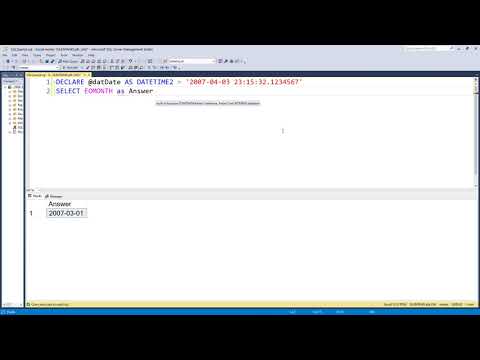
Found 34 images related to sql first day of the month theme

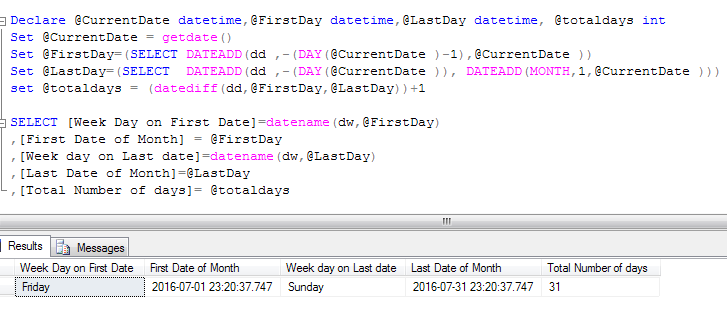




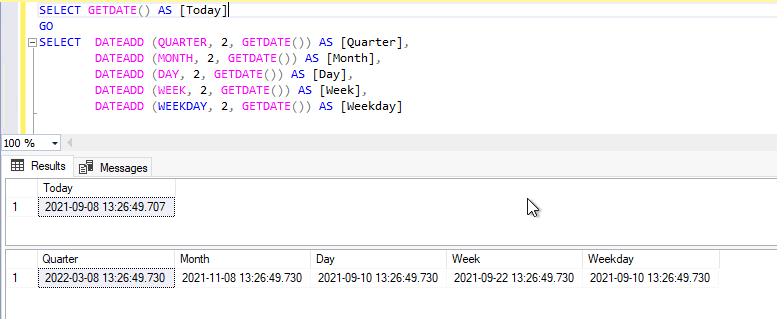
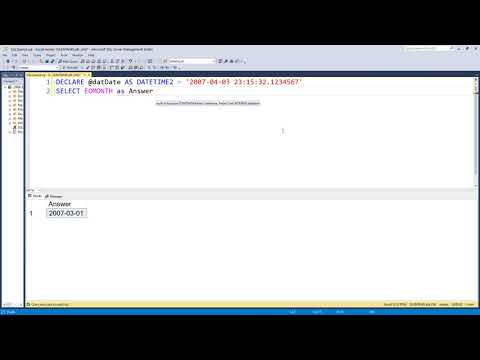


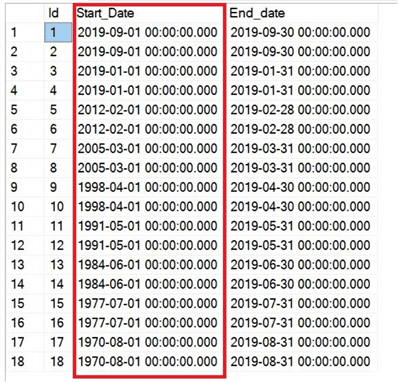


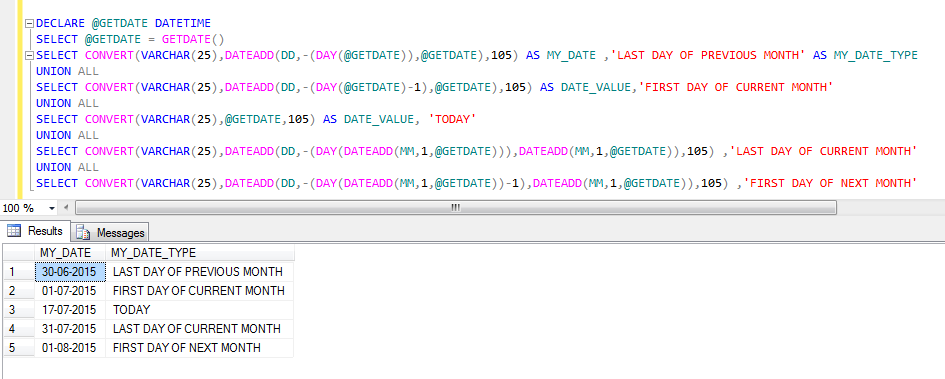
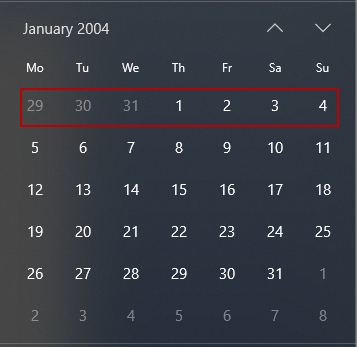

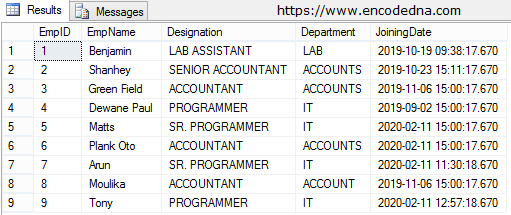

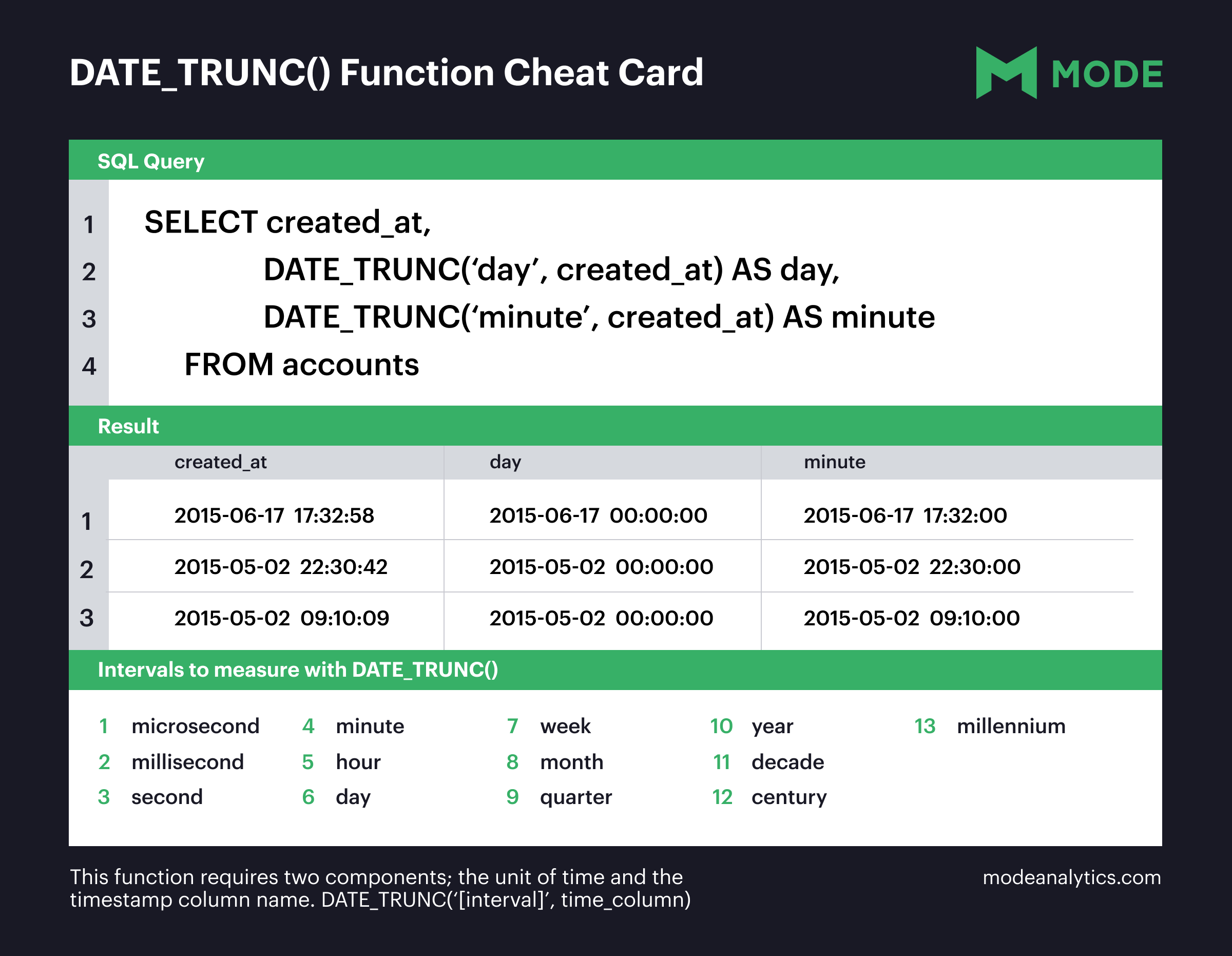
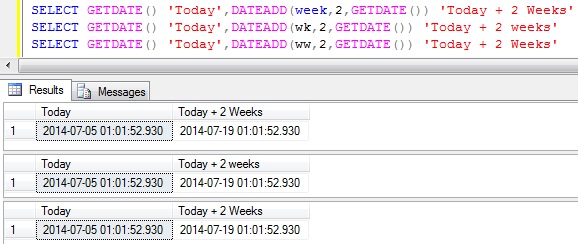
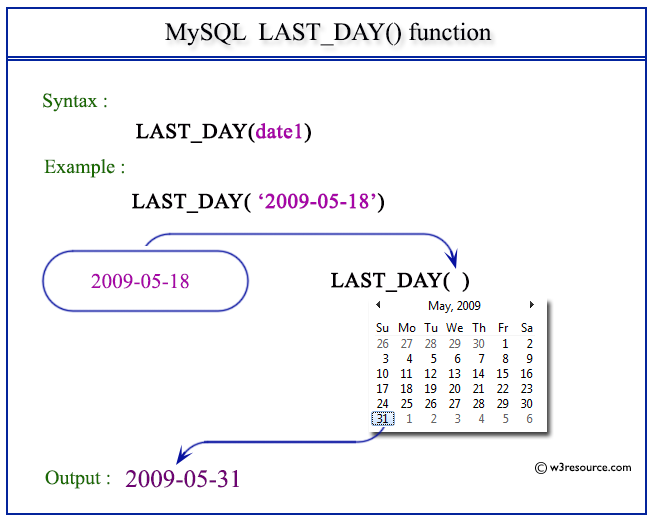



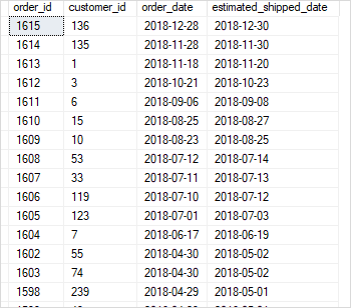





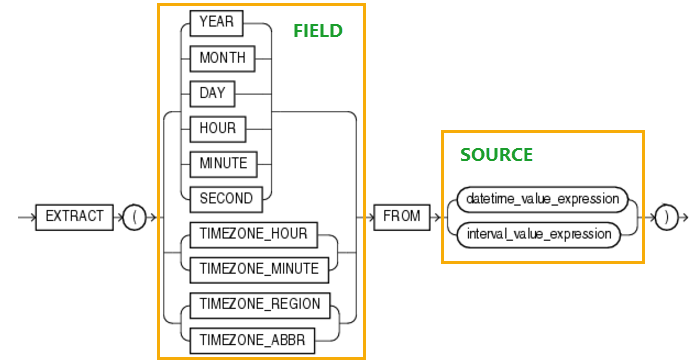
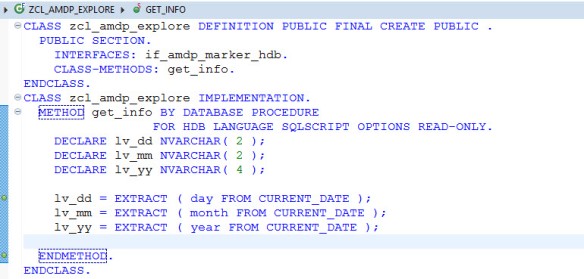

![Understanding Datediff in SQL With Syntax, Examples and More [Updated] Understanding Datediff In Sql With Syntax, Examples And More [Updated]](https://www.simplilearn.com/ice9/free_resources_article_thumb/DateDiffInSQL_1.png)
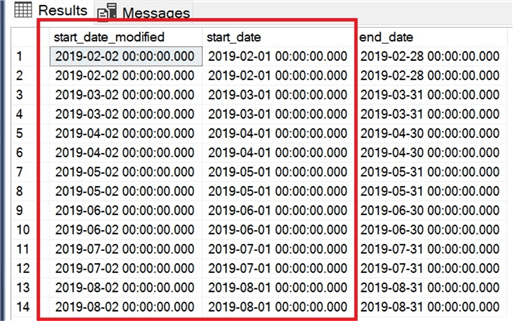

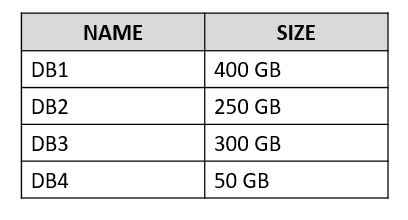
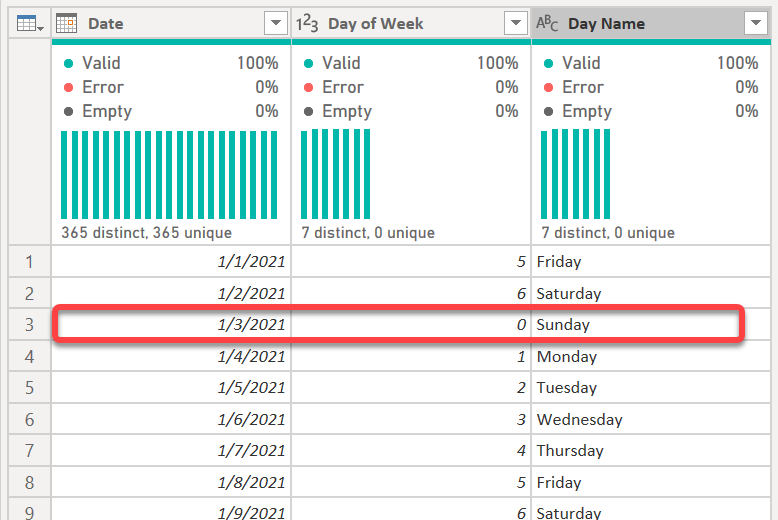
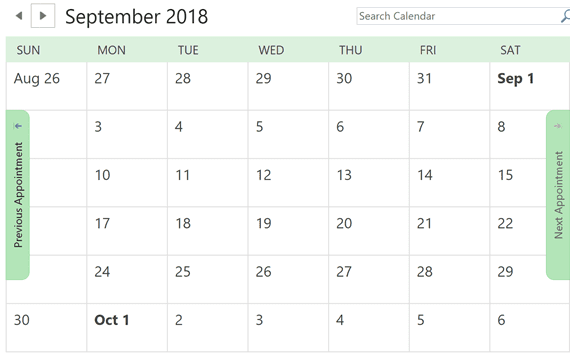
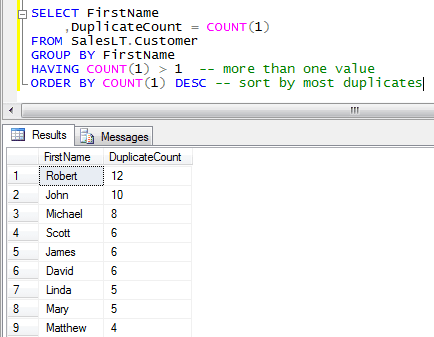

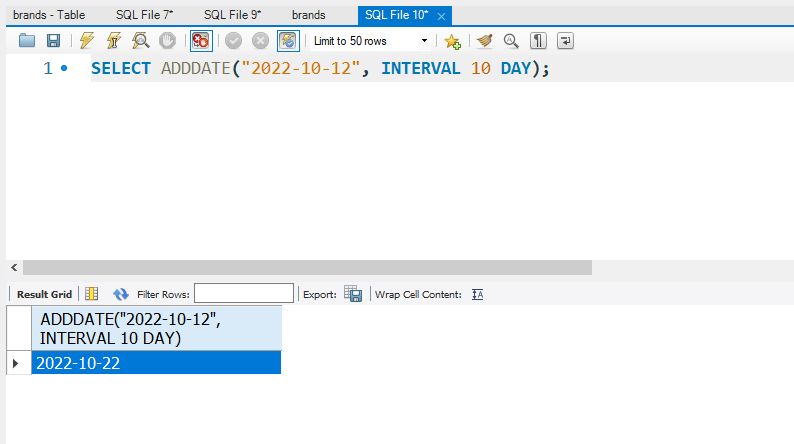


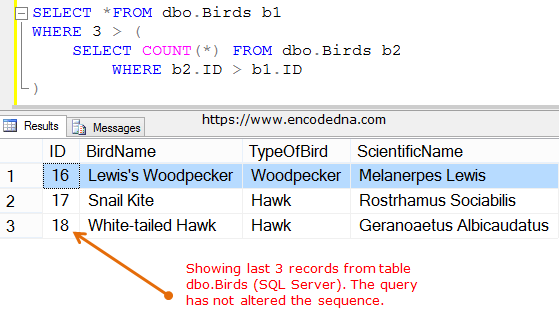



Article link: sql first day of the month.
Learn more about the topic sql first day of the month.
- How can I select the first day of a month in SQL?
- How to return the first day of a month in SQL and Snowflake
- Getting the First day and last day of a month in SQL Server
- SQL – @@DATEFIRST Function – Tutorialspoint
- DAY() Function in SQL Server – GeeksforGeeks
- How to return the first day of a month in SQL and Snowflake
- How to find the first day for the current month, last day of the …
- How To Find The First Day Of The Month In SQL Server?
- Simple Method to Find FIRST and LAST Day of Current Date
- Simplify SQL Date Calculations – First, Last, Nth Day of the …
- Modify date to first day of week,month,quarter
See more: https://nhanvietluanvan.com/luat-hoc/